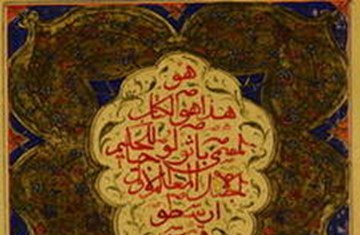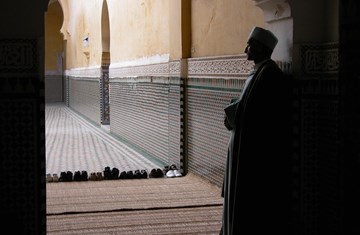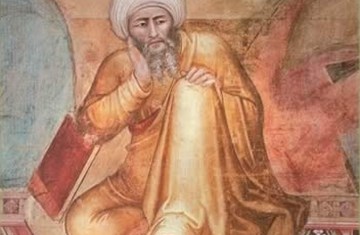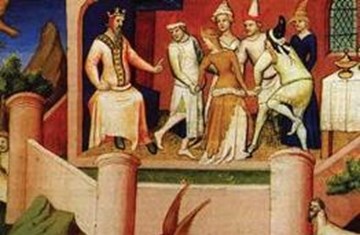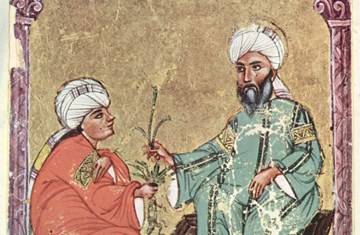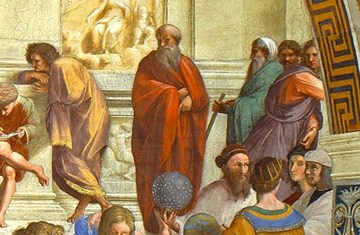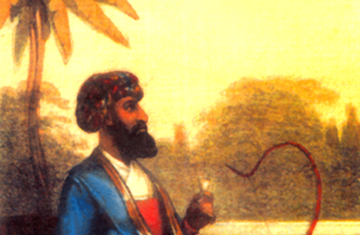Aspects of Ismaili Theology: The Prophetic Chain and the God Beyond Being
Keywords: Ash‘ari, Batin, Fatimids, Ibn Sina, Ikhwan al-Safa’, Ismailis, Mu‘tazila, Neoplatonism , al-Sijistani, Zahir
Abstract: The Ismailis appeared first on the stage of the history of Islam in the second half of the third century AH /ninth century CE and spread with astonishing rapidity. Centred originally in Khuzistan in south-western Iran, its missionaries carried its message throughout the Islamic world from Transoxania and the Indus valley to the Maghrib. In eastern Arabia, the Yaman and in the eastern Maghrib, its converts became numerous enough to set up their own political communities under the sovereignty of the Expected Imam.
The fourth century AH /tenth century CE has been called by Louis Massignon ‘the Ismaili century in the history of Islam’.1 The Fatimid Caliphs, Imams of the Ismailiyya, extended their sway over the western half of the Islamic world from the Atlantic to the borders of Iraq and founded the city of Cairo as their residence. In the east, the Qarmatis, dissident Ismailis, controlled much of Arabia, the Persian Gulf and lower Iraq, and for a time threatened the ‘Abbasid capital Baghdad itself. Ismaili missionaries like al- Nasafi, Abu Hatim al-Razi, and Abu Ya‘qub al-Sijistani elaborated Ismaili religious thought in its classical form while the Ikhwan al-Safa’, an anonymous group of Ismaili [or Ismaili-influenced] authors in Basra, published their encyclopaedia of fifty-one popular philosophical treatises which has since remained part of general Islamic literature.
Ismailis gained followers among all strata of society: rulers, officials, scholars, merchants, peasants and the poor, among the inhabitants of towns and villages as well as the tribes of the desert.
Author

Professor Wilferd Madelung
A leading contemporary Islamicist, Professor Wilferd Madelung has made significant contributions to modern scholarship on mediaeval Islamic communities and movements, including Twelver Shi'ism, Zaydism and Ismailism. Educated at the Universities of Cairo and Hamburg, he became Professor of Islamic Studies at the University of Chicago in 1969 and the Laudian Professor of Arabic at the University of Oxford from 1978.
Among his recent publications are Religious Schools and Sects in Mediaeval Islam (London, 1985), Religious Trends in Early Islamic Iran (Albany, NY, 1988), Religious and Ethnic Movements in Mediaeval Islam (Hampshire, 1992), The Succession to Muhammad: A Study of the Early Caliphate (Cambridge, 1997), and with Paul E. Walker An Ismaili Heresiography (Leiden, 1998). He has contributed extensively to The Encyclopaedia of Islam, Encycopaedia Iranica of which he is also a Consulting Editor, and learned journals.

